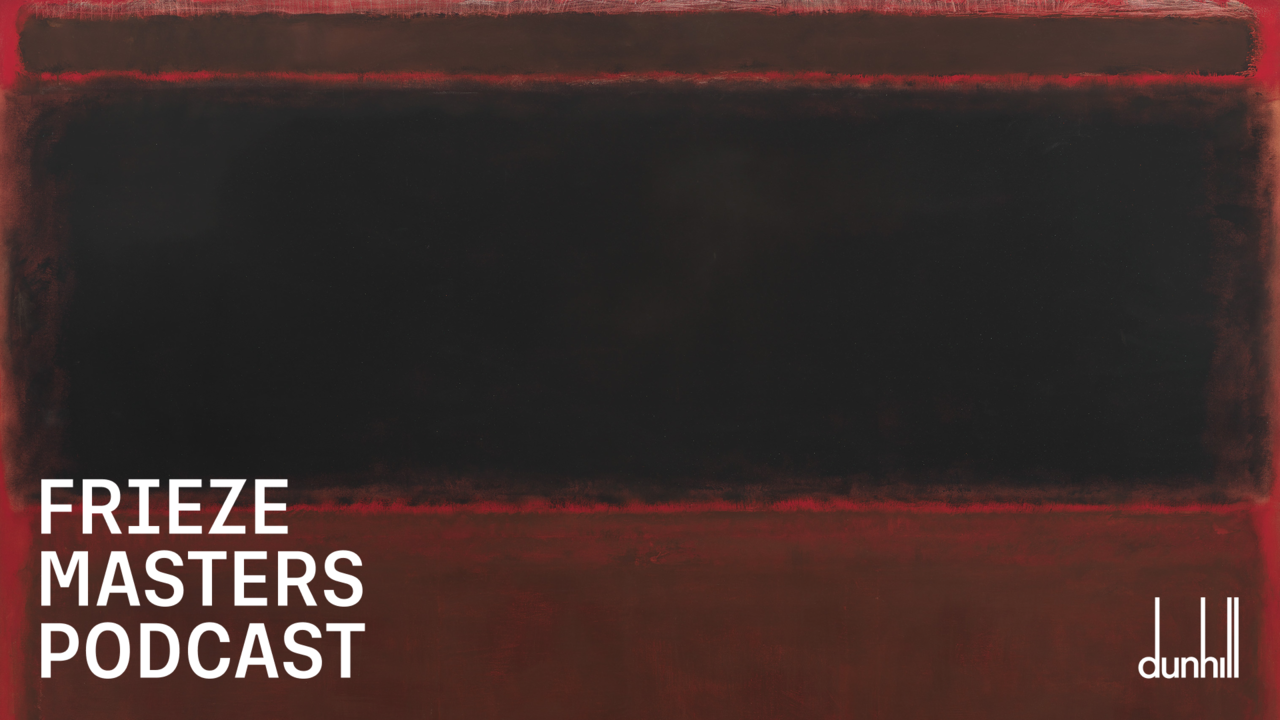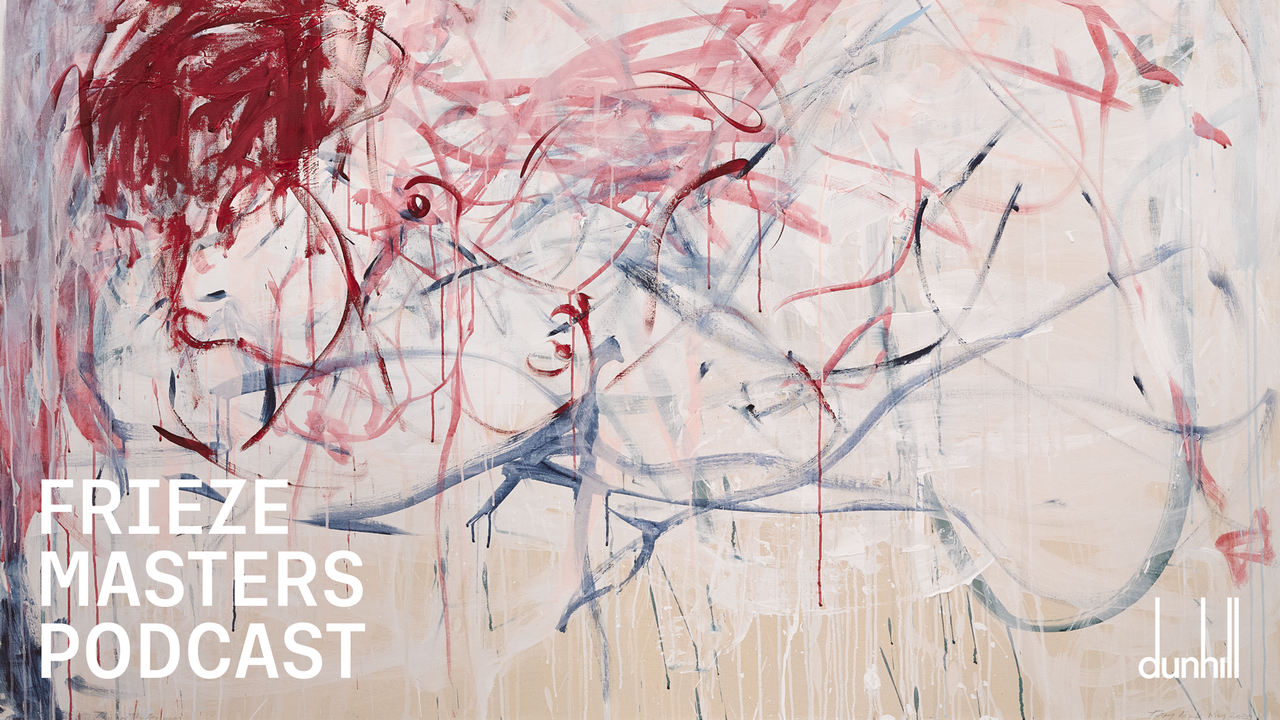Frieze Writer's Prize 2015
Holly Corfield Carr wins the 2015 prize
Holly Corfield Carr wins the 2015 prize
frieze is delighted to announce Holly Corfield Carr as the winner of the frieze writer’s prize 2015 for her review of Katrina Palmer’s sound installation ’The Loss Adjusters’ – the third part of her Artangel project ‘End Matter’ – on the Isle of Portland In Dorset, UK.
Tanjil Rashid is the runner-up for his review of Lynette Yiadom-Boakye at the Serpentine Gallery.
Frieze Writer’s Prize is an annual international award to discover and promote new art critics. The winner will be commissioned to write a review for frieze and will be awarded 2,000 GBP.
This year the prize was judged by Paul Teasdale, editor of frieze.com; the London-based Mexican author Chloe Aridjis; and Hamza Walker, co-curator of ‘Made in L.A. 2016’.
Chloe Aridjis is a Mexican-born, London-based author. Her novels include Book of Clouds (2009) and Asunder (2013), which was set in London’s National Gallery. She co-curated the current Leonora Carrington exhibition at Tate Liverpool. Aridjis is working on a new novel as well as on a children’s story, a docu-fiction film and two artist books. Her translation of her father’s memoir, The Child Poet, will be published by Archipelago Books in February 2016.
Hamza Walker is co-curator of Made in L.A. 2016, with Hammer Museum curator Aram Moshayedi. In 2010 he was awarded the Ordway Prize for contributions to the field in the form of writing and exhibitions. Walker has contributed reviews and art criticism to New Art Examiner, Art Muscle, Dialogue, Parkett and Artforum.
Paul Teasdale is editor of frieze.com. He lives in London.
Winning Entry:
Katrina Palmer, ‘The Loss Adjusters’
Portland, UK
The tumbling sea is busily compacting the bodies of the drowned into the rock of Portland at the beginning of Thomas Hardy’s final novel. In The Well-Beloved (1897), Hardy casts the island as a monumental remnant haunted by a ‘huge composite ghost’ that runs ‘shrieking for some good god who would disunite it again’. It is a terrifying and strange work, with the protagonist’s life repeating itself at 20-year intervals as he finds (and loses) iterations of the same woman. It is as if the island’s composition, its brutal compression of time and the ends of time, might be able to somehow affect the way time – and death – operate on the surface. Hardy’s protagonist is, of course, also a sculptor.
I have a copy of The Well-Beloved in my bag as I enter the third part of British sculptor Katrina Palmer’s latest work, ‘The Loss Adjusters’, a site-specific audio walk on the Isle of Portland which is also, as if falling into infinite regress, the third part of her three-part project ‘End Matter’, commissioned through the Artangel Open in 2013. Each of the other two parts, a BBC Radio 4 broadcast, ‘The Quarryman’s Daughters’ and a Book Works publication of postscripts, addenda and photographs, also titled ‘End Matter’, presents a complex sequence of overlaps with the audio walk, sustaining a Hardyesque spectral hum between the three texts. Being excavated from the centre of these composite coordinates is the ‘missing body’ of, the publication’s cover notes suggests, the book.
Yet, Palmer is a sculptor whose body of work is also always materially deferred. Her texts work to unfold the wrinkled surfaces of physical and often grimly sexual encounters with a materiality perpetually threatened by the potential for collapse. Her sculptural practice productively invites similarly wrinkled brows. Are her published works to be read as laminate objects? Are the cavities her narratives describe sculptural spaces? End Matter’s narrative is bridged by the investigations of a team of Loss Adjusters who work amongst the abandoned photocopiers and empty frames of the former office in which Palmer composed the work and where the audio walk begins – and in a playfully recursive loop, the fictional Loss Adjusters are principally concerned with the ‘ontological status of fiction itself’.
Palmer’s ‘missing body’ is only briefly the sculptural object, however. Folded within the fiction is the corpse whose burial in the bedrock has the gravedigger interminably pushing a wheelbarrow of displaced rubble. There is the death of Hazeline Horrocks, crushed by a boulder so completely her body cannot be separated from the rock. There is Palmer fastidiously underwriting her own erasure within the Loss Adjusters’ investigations of the absent writer. And, always underfoot, the perforated island that has surrendered itself to so many of the UK’s major public buildings, memorials, window sills, headstones.
By the time, then, that I have walked the cliff edge of Bower’s Quarry, through the cemetery at St George’s and into the hot lunar dust of Jordan’s Mine, the narrative requires that my body be led into the narrowing gap in the rough, fresh Roachstone. Roachstone is a particularly receptive ground for Palmer’s audio to overlay, packed with cavities moulded around the dissolved bodies of prehistoric molluscs. It is at junctions like this that the text approaches composite texture and I trace each hole with my hand as the narrative arrives at its climax.
‘You’ve utterly abandoned yourself.’ In the publication, this line is spoken by a woman, just as in the BBC Broadcast it is relayed by Hazeline herself. In the audio walk, this man’s voice is close and confident, intimately collapsing the choral body into that of the listener.
‘You’re empty and limitless,’ he continues, ‘completely aware and conscious of your physicality because the stone’s being removed from under our feet!’ The precise dislocation of the narrative with the located listener has me looking at my feet, the white dust, listening for the shriek of the island’s ghost.
What is being removed is, as the Loss Adjusters themselves record, balanced with what is penetratingly present. Palmer’s narrative conjures a vivid scene in the quarry: the four Loss Adjusters and Hazeline, entwined, undressed and achieving, in their absence, both an intensely physical – and classically sculptural – relief.
Holly Corfield Carr




















